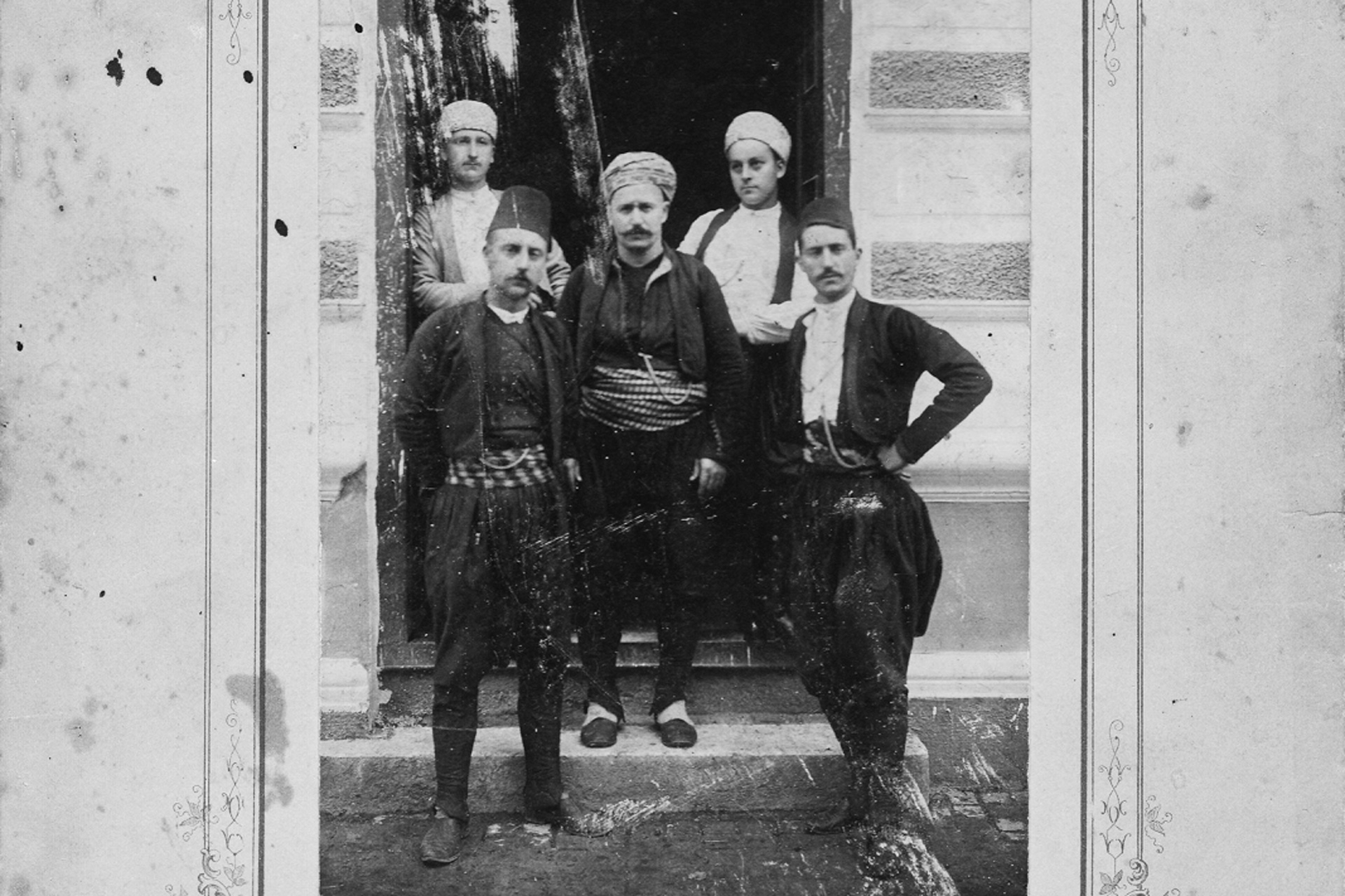11/2022
Villa Kučukalić in Brčko – symbol of a radical change
How did a Habsburg-Bosnian villa develop in light of its historical context and specific history? Which significance does it have in regards to building history? How could a new use of the abandoned house look like?
Mahir Kurtalić
Diploma in Architecture
E251-1 – Baugeschichte und Bauforschung
Supervisor: Caroline Jäger-Klein
This master’s thesis deals with the understudied Villa Kučukalić, also known as the Kočić House, which was built in the orientalising style in Brčko, Bosnia-Herzegovina during the Austro-Hungarian occupation (1878-1918). The occupation of the country had far-reaching social, economic and political consequences which were also expressed in the living habits of the newly gained Bosnian population. A concomitant of the modernisation of the country under Austria-Hungary was the usage of the orientalising architectural style which borrowed elements from the Islamic architecture of North Africa and Andalusia, and which had political and exotic connotations in Bosnia-Herzegovina. The modernisation of the country, as well as the profound changes in society and the application of this style, find their manifestation in the Villa Kučukalić. The thesis attempts to shed light on the overall historical context and the specific history that contributed to the creation of the villa, and to gauge its significance regarding building history.
Within the framework of this thesis, it was possible to identify the previously unknown builder of the villa and set forward a proposal for a potential new use of the abandoned house, as of September 2022.
This master’s thesis deals with the understudied Villa Kučukalić, also known as the Kočić House, which was built in the orientalising style in Brčko, Bosnia-Herzegovina during the Austro-Hungarian occupation (1878-1918). The occupation of the country had far-reaching social, economic and political consequences which were also expressed in the living habits of the newly gained Bosnian population. A concomitant of the modernisation of the country under Austria-Hungary was the usage of the orientalising architectural style which borrowed elements from the Islamic architecture of North Africa and Andalusia, and which had political and exotic connotations in Bosnia-Herzegovina. The modernisation of the country, as well as the profound changes in society and the application of this style, find their manifestation in the Villa Kučukalić. The thesis attempts to shed light on the overall historical context and the specific history that contributed to the creation of the villa, and to gauge its significance regarding building history.
Within the framework of this thesis, it was possible to identify the previously unknown builder of the villa and set forward a proposal for a potential new use of the abandoned house, as of September 2022.
Diploma in Architecture
E251-1 – Baugeschichte und Bauforschung
Supervisor: Caroline Jäger-Klein
